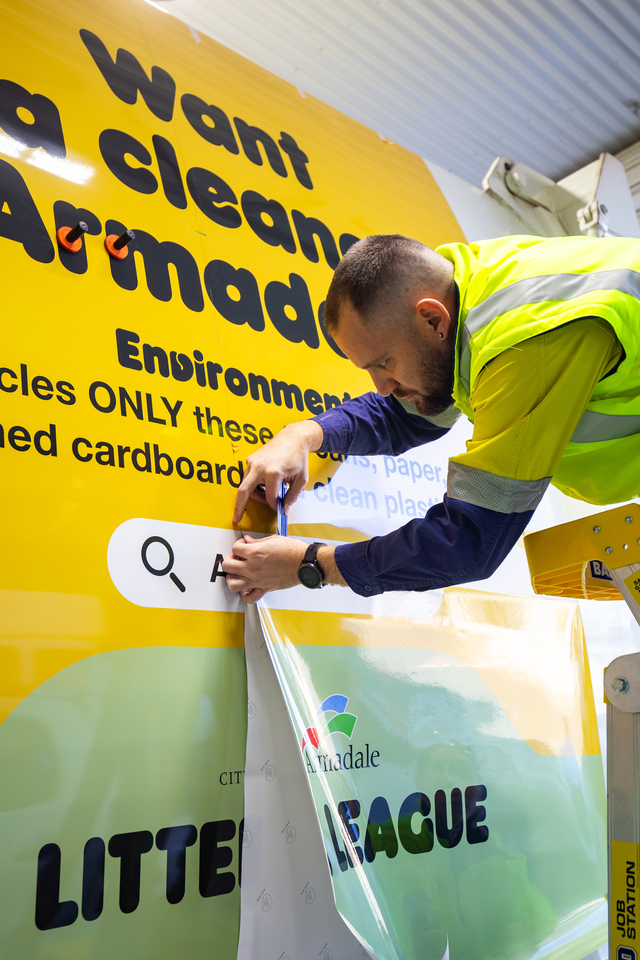After amalgamation, the newly created Clarence Valley Council inherited a complex array of planning policies from the previous Councils. This resulted in six Local Environmental Plans (LEP) – the principle planning instrument for each area; over 70 development control plans (DCP), and any number of written and unwritten policies and practices that potentially applied to planning decisions.
For the new Council, the community and the development sector, this situation was considered untenable, as it created complexity and confusion and a great deal of inefficiency. Accordingly, Council gave high priority to collapsing this array of planning controls into an integrated and far simpler suite of controls.
To further complicate matters, this process was undertaken during a time of significant State Government planning reform that has continued to reshape the legislative framework within which Council has had to operate.
Significant progress has been made, with a single LEP prepared. It is now with the State Government awaiting permission to place it on public exhibition. The 70 plus DCPs have also been collapsed into six zone based plans. In accordance with State Government reforms, now there is just one DCP applying to any parcel of land within the Council area.
The simpler approach has been well received by everyone. In addition, a range of other local planning policies have been reviewed and in many cases, found to be redundant and removed.
The focus has been to make the system more accessible for all, remove old provisions that are no longer needed, and to embrace more contemporary provisions that address emerging issues that were not on the radar when the previous instruments were formulated.
By pulling together these quite different and at times conflicting planning instruments, Council has created a solid basis from which it can move forward with contemporary responses to a changing environment, while making significant short term gains in simplification and efficiency.








